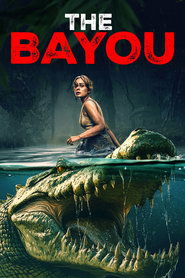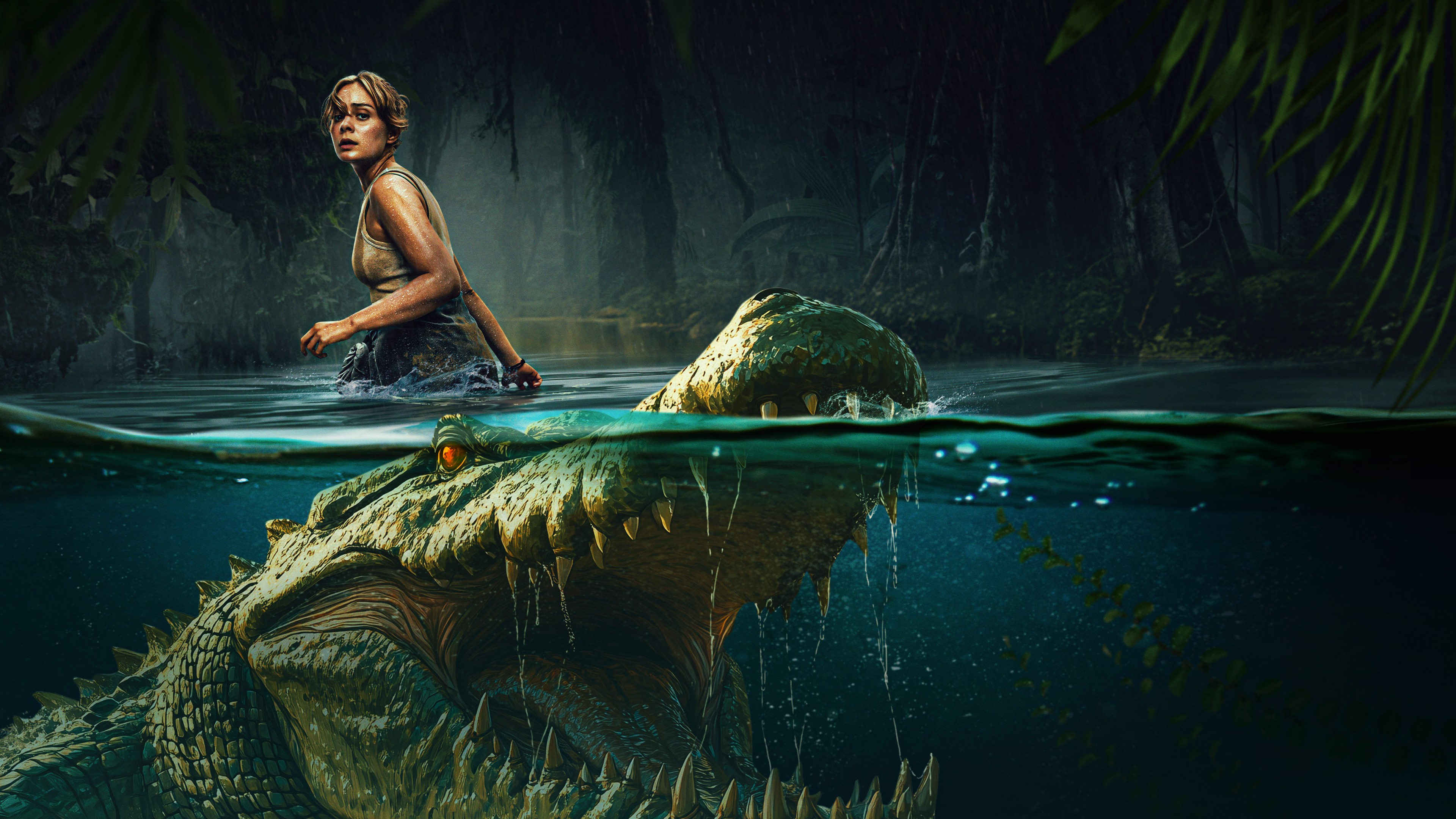Read Watch The Bayou (2025) HD
Watch The Bayou (2025) Movie

Vacation turns disaster when Houston grad Kyle and her friends survive a plane crash in the desolate Louisiana everglades, only to discover there's something way more dangerous lurking in the shallows.

Fear has found a new home. - alligator
## Beyond the Mosquitoes and Mud: Unearthing the Darkness of "The Bayou" (Spoiler-Heavy)
"The Bayou," a recent offering from [Imagine a fictional streaming service name here - let's call it "EerieStream"], isn't your typical swamp-based horror flick. It’s a slow-burn descent into madness, a gothic character study marinated in Southern discomfort, and a surprisingly effective exploration of inherited trauma disguised as a creature feature. While it ticks the boxes of the genre – lurking monstrosities, atmospheric tension, and gruesome deaths – what truly sets "The Bayou" apart is its willingness to delve deep into the psychological mire of its protagonist, Elodie.
From the outset, Elodie (played with captivating fragility by [Insert fictional actress's name here, let's say "Astrid Blake"]) is a woman haunted. Returning to her ancestral home in the Louisiana swamps after years of estrangement, she's burdened not just by the recent passing of her reclusive grandmother, but by a history steeped in whispered secrets and half-remembered nightmares. The decaying mansion, draped in Spanish moss and choked by the oppressive humidity, becomes a tangible manifestation of Elodie’s inner turmoil.
The initial scares are predictable. Strange noises in the night, flickering lights, and glimpses of something lurking in the bayou’s murky depths. But these are mere appetizers for the real horror that awaits. As Elodie begins to uncover her family’s past, fueled by cryptic entries in her grandmother's journal, the film shifts its focus from the external threat to the internal one.
It turns out the "creature" isn't a cryptid or swamp monster in the traditional sense. Instead, it's a manifestation of generations of suppressed trauma and guilt. Elodie's ancestors, we learn, were deeply involved in the slave trade, their wealth built on the suffering of others. The "creature" is a physical embodiment of that past, a vengeful spirit drawn to the land by the lingering stain of injustice.
The true horror, however, lies not in the creature's attacks (though they are undeniably brutal and effective), but in Elodie's descent into a fractured reality. She begins to experience vivid hallucinations, blurring the lines between past and present. She sees herself as her ancestors, reliving their cruelty and struggling with their guilt. The journal entries become her own thoughts, her own actions, trapping her in a cycle of historical repetition.
The film's climax is a masterclass in psychological horror. Elodie, now completely consumed by the past, confronts not the creature, but herself. In a horrifyingly poignant scene, she realizes that she is not only the victim of her family's history, but also its potential perpetuator. She must choose to break the cycle of violence and atonement, or be forever bound to the darkness of the bayou.
Ultimately, "The Bayou" is a film about confronting the uncomfortable truths of the past. It’s about acknowledging the sins of our ancestors and taking responsibility for the legacy they leave behind. It's about understanding that the real monsters often reside not in the shadows, but within ourselves. While the creature design is certainly effective, and the atmosphere is undeniably chilling, it's the film's willingness to grapple with complex themes of guilt, redemption, and the enduring power of history that truly elevates it above the standard horror fare. Be warned, though: "The Bayou" is not for the faint of heart. It's a slow, deliberate, and deeply disturbing journey into the dark heart of the American South – a journey that will stay with you long after the credits roll. And that, perhaps, is its most horrifying accomplishment.